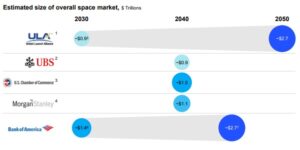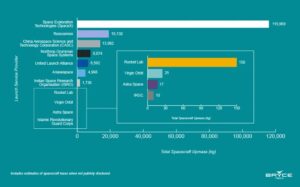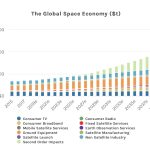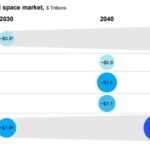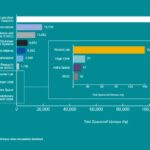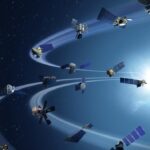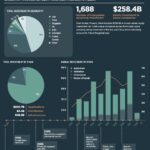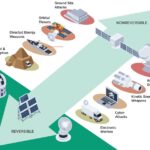|
The company, owned by Tesla (TSLA.O) Chief Executive Elon Musk, has been in talks for months with airlines to provide Starlink internet in-flight, a key prong in SpaceX’s strategy to scoop up enterprise customers beyond consumers and households in rural areas of the globe with little to no internet access. SpaceX has sought regulatory approval from the U.S. Federal Communications Commission to operate Starlink on airplanes and shipping vessels and had previously tested the internet network on a handful of Gulfstream jets, as well as military aircraft. JSX, a short-haul “hop-on jet service,” announced Thursday that it’s inked a deal with SpaceX to become the first air carrier to adopt Starlink for in-flight connectivity services. The Starlink service on JSX planes will come at no charge to JSX customers, the jet service said in its statement, adding it will “not require logging in or other complexities associated with legacy systems.”
|
|
|
Aviation blitz? Starlink has been testing aviation terminals for some time now. Earlier this month, Delta CEO Ed Bastian told the WSJ his airline had held talks with SpaceX and conducted exploratory tests of the technology.
|
|
And today, CNBC reported that Hawaiian will launch Starlink-based complimentary internet service as early as next year. It’s the first major airline to sign up for the service.
|
|
Sizing up the market: In 2021, Euroconsult found that ~9,000 aircraft across 115 airlines were equipped with in-flight connectivity (IFC) terminals—and that 80% were connected through satellite-based systems. By the end of the decade, the market research firm estimates that the number will reach between 16,000 and 20,000 connected aircraft.
|


